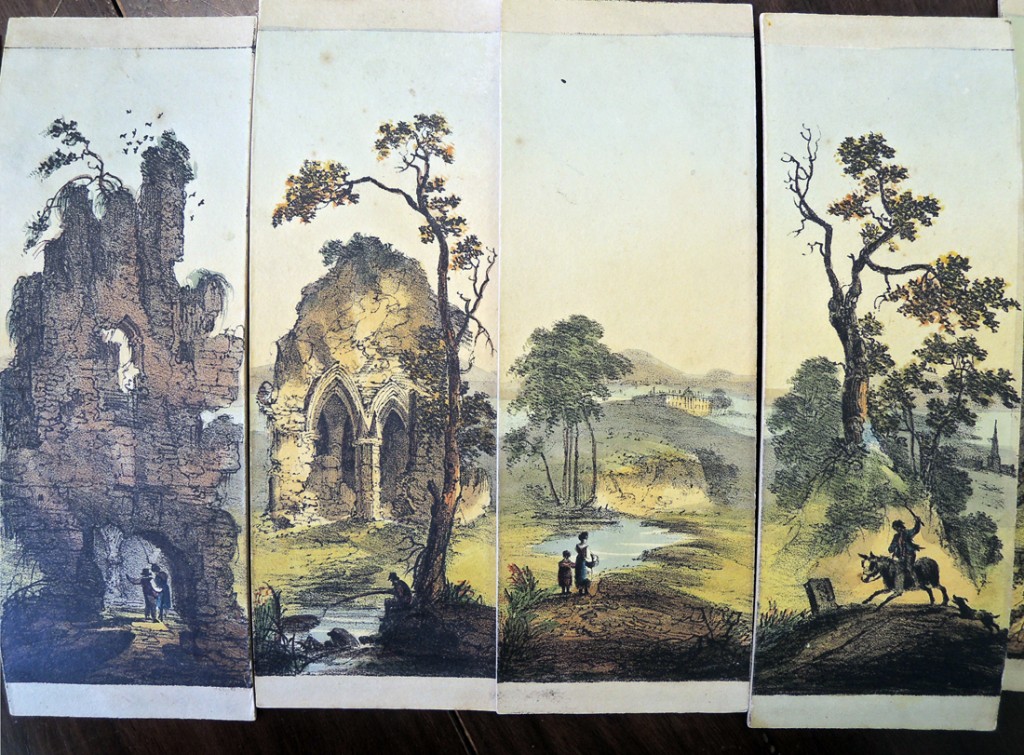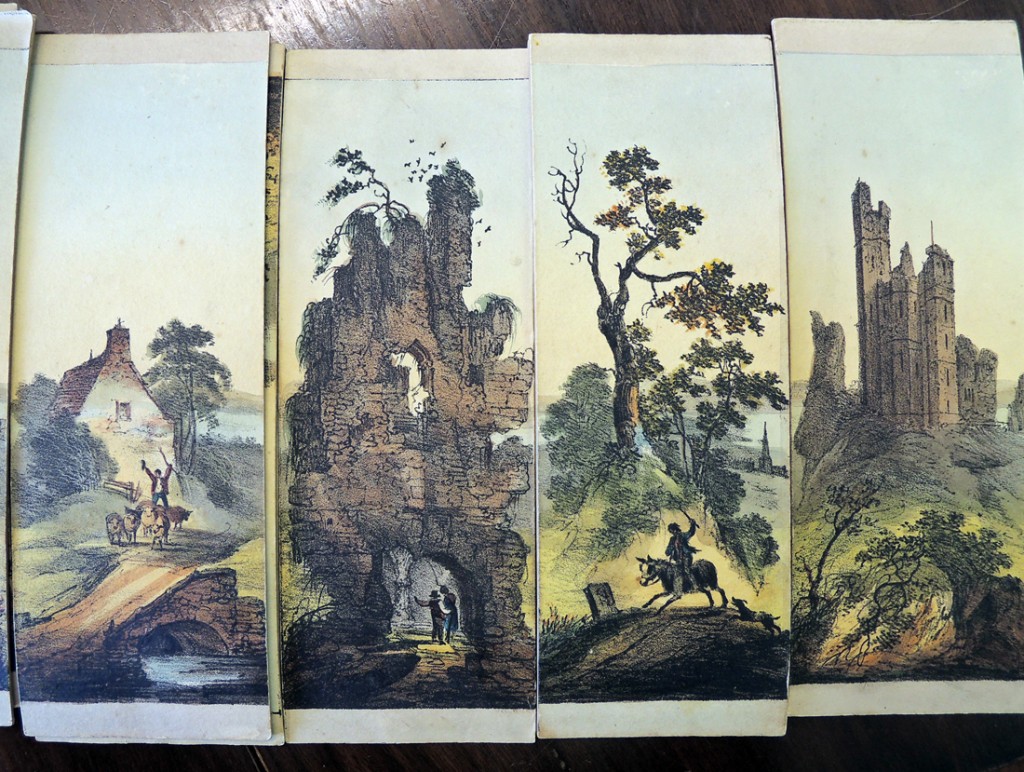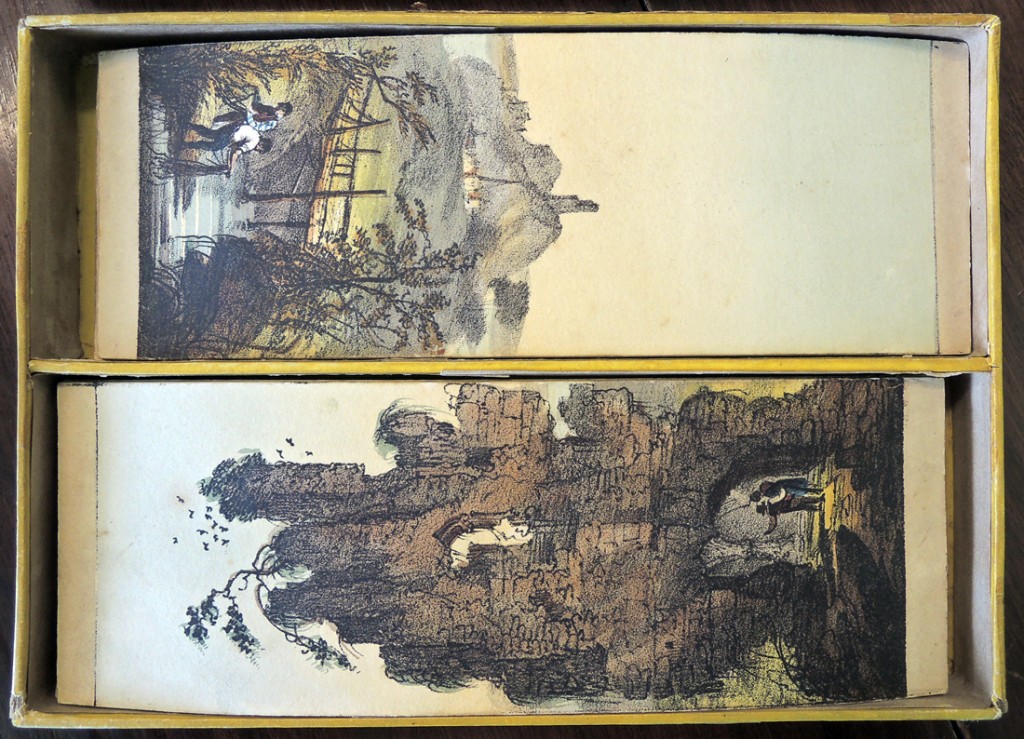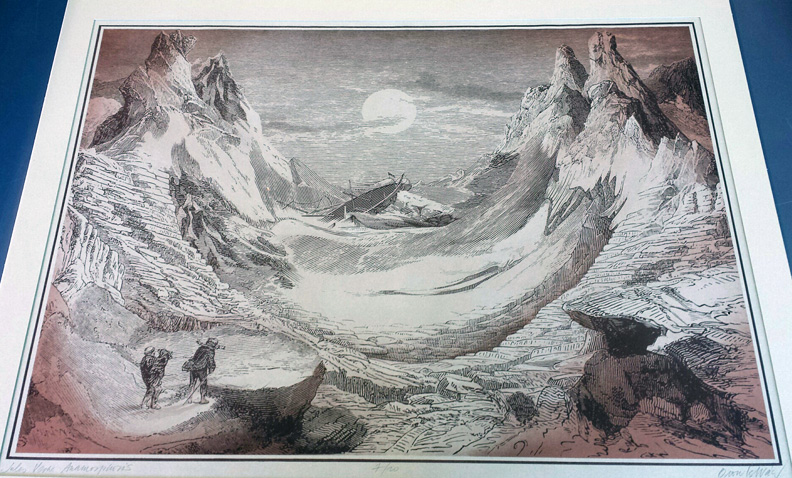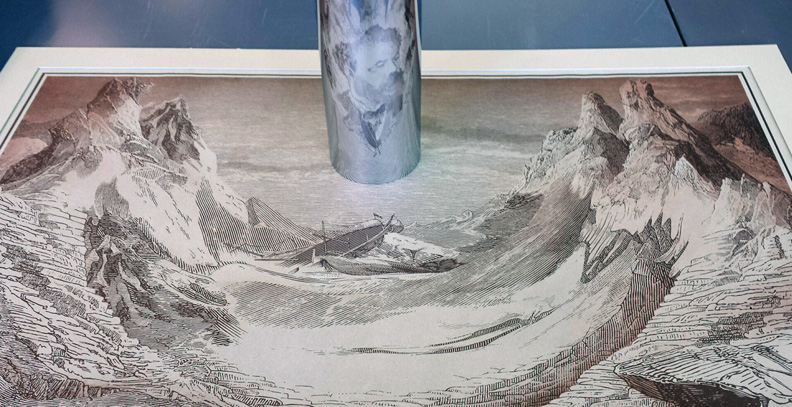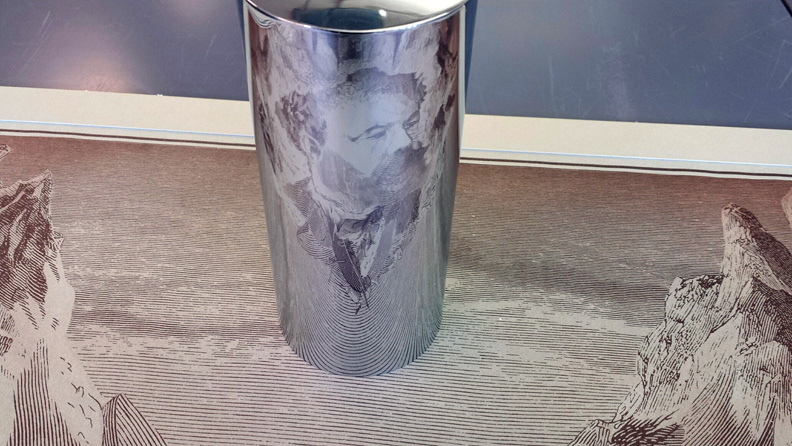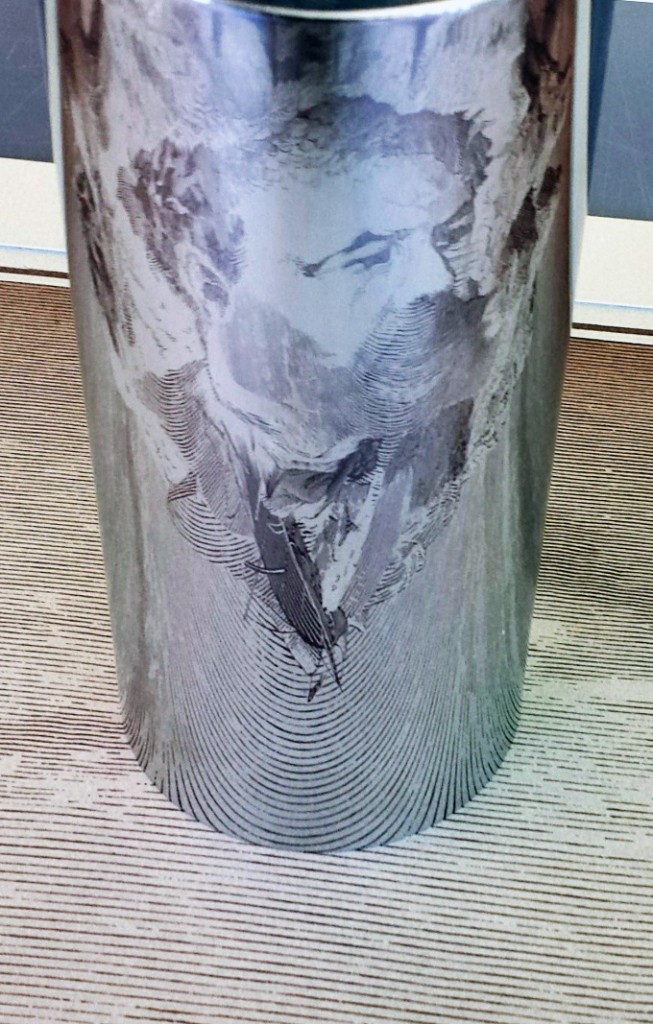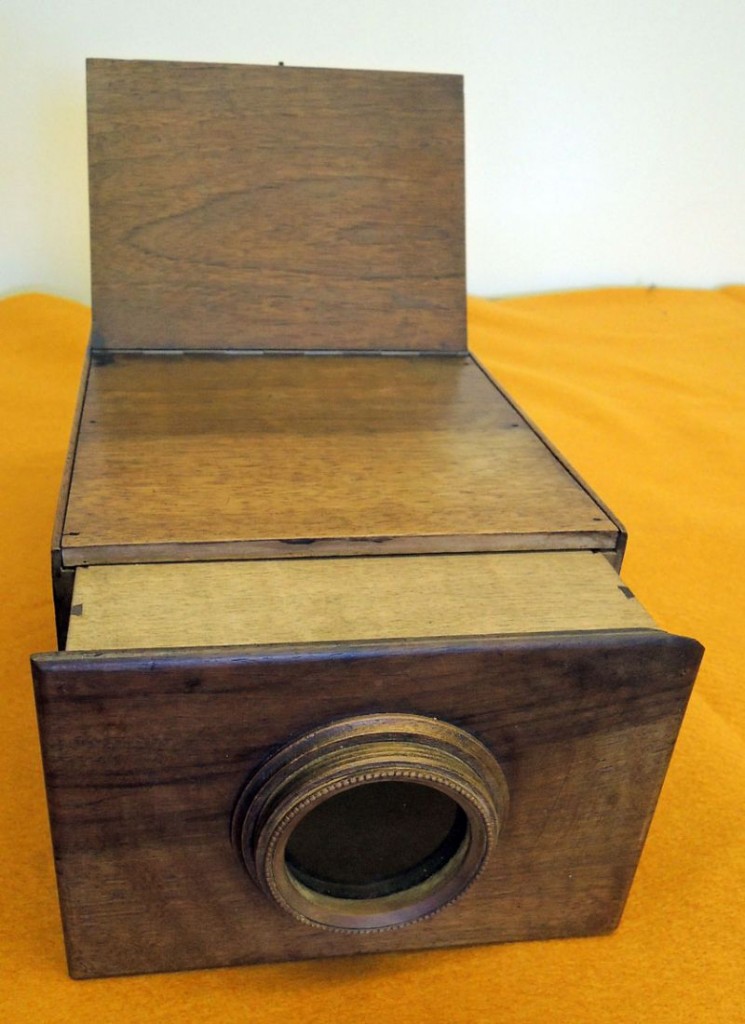
 The Graphic Arts Collection’s portable camera obscura.
The Graphic Arts Collection’s portable camera obscura.
 There are a surprising number of events this spring related to the camera obscura.
There are a surprising number of events this spring related to the camera obscura.
A temporary installation “Camera Obscura/Gowanus,” produced by The Vanderbilt Republic and created by George Del Barrio and Ashton Worthington, ends this weekend. The installation is described by the pair as a “3,000-square-foot epistemic machine powered by the sun, capturing an ephemeral Brooklyn panorama and personal moment in time.” Del Barrio and Worthington transformed a loft on 9th Street into a building-size camera obscura, projecting inverted live images on the walls.
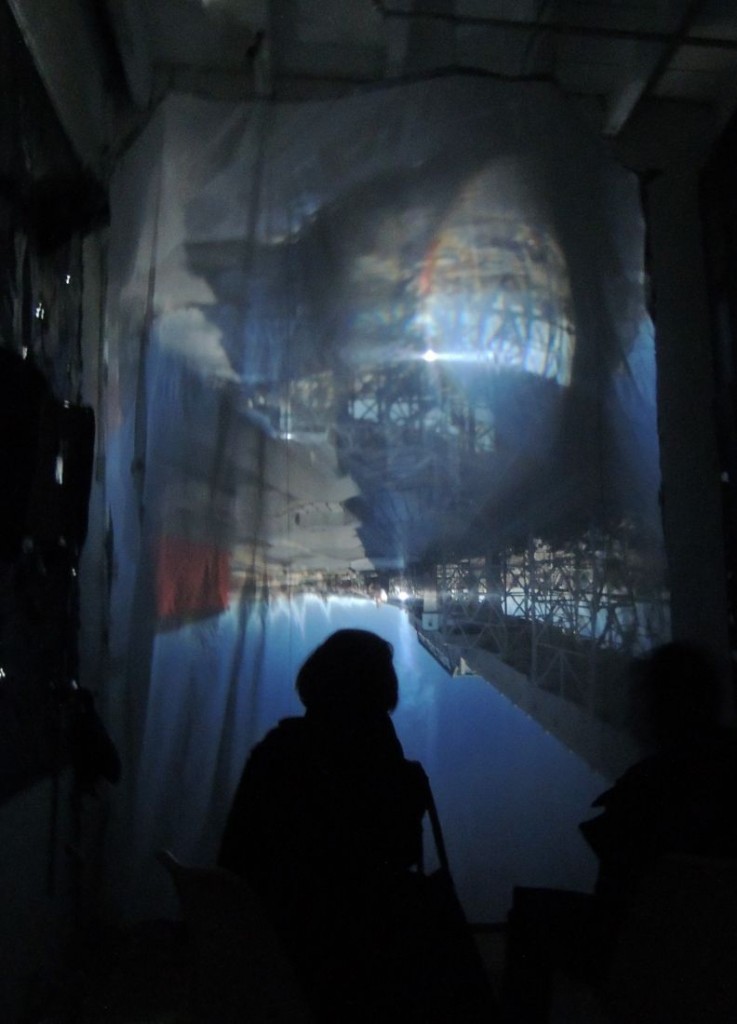 At the bottom of the inverted image, you can see the F train passing outside the building.
At the bottom of the inverted image, you can see the F train passing outside the building.


Two workshop are being held in March, which will help you build your own camera obscura. The first, titled Vanitas, Fleeting Time, with artist Amy-Claire Huestis will be held on Saturday, March 5th, from 12:00 to 5:00 at Morbid Anatomy Museum, 424 Third Avenue, 11215 Brooklyn. Tickets: http://www.brownpapertickets.com/event/2492722. They write, “A glimpse through the 17th century eye. Be fascinated as you look into the little screen of your own portable camera obscura this hands-on workshop provides a lively experience with history in a hands-on exploration of optical media used in Western European Painting.”
The second workshop, called Domestic Obscura, with Liz Sales will begin at noon on Saturday, March 12, 2016. “This free workshop will take a quick look at the history, theory, and practice of the camera obscura. Together you will create a camera obscura projected onto a large screen at Booklyn.” This event was organized in conjunction with Qiana Mestrich’s exhibition Hard to Place. Booklyn, 37 Greenpoint Avenue, Brooklyn http://booklyn.org/
Finally, the international Camera Obscura Project will be involved in further exhibitions and off-site projects with the Kamloops Art Gallery and the University of Lethbridge’s Art Gallery in 2016. More information on this project coming soon: http://www.midnightsuncameraobscura.com/index.html

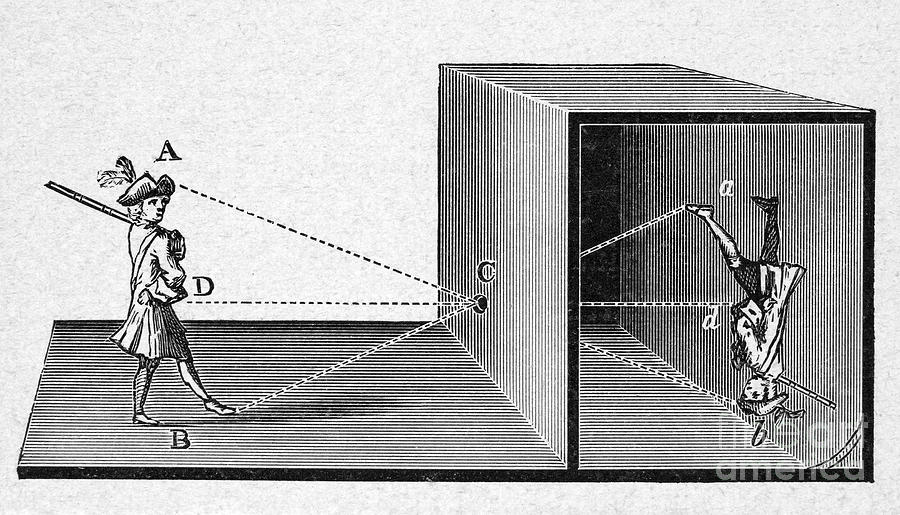
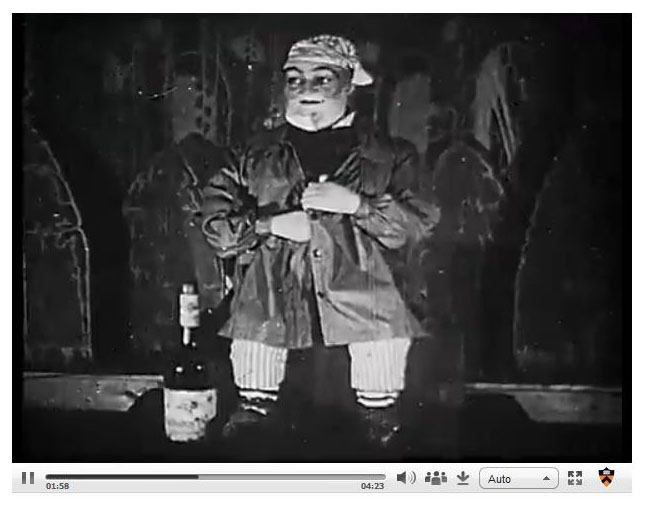
 Pathe-Magazine Revue Universelle des Sciences, Arts, Industries, Voyages, & Sports, No. 38
Pathe-Magazine Revue Universelle des Sciences, Arts, Industries, Voyages, & Sports, No. 38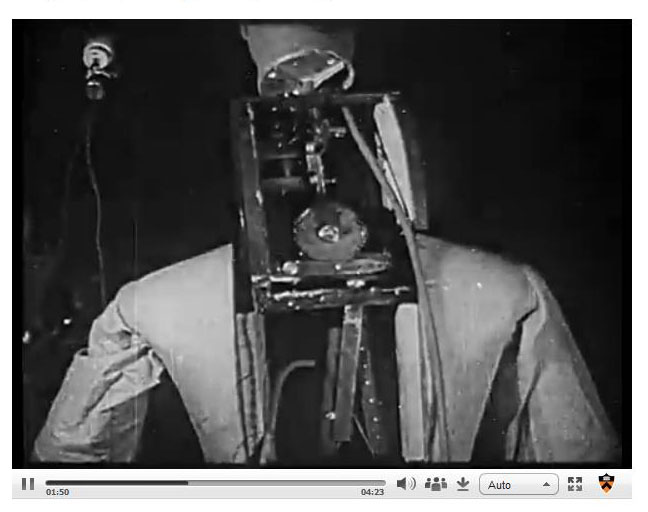
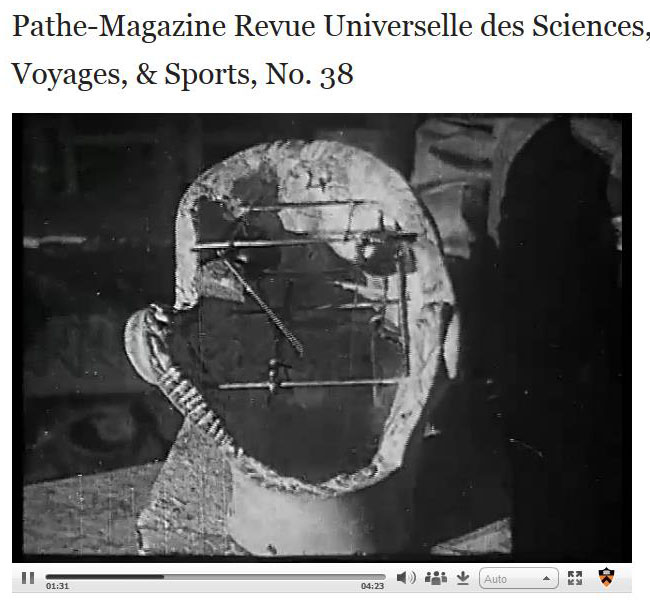
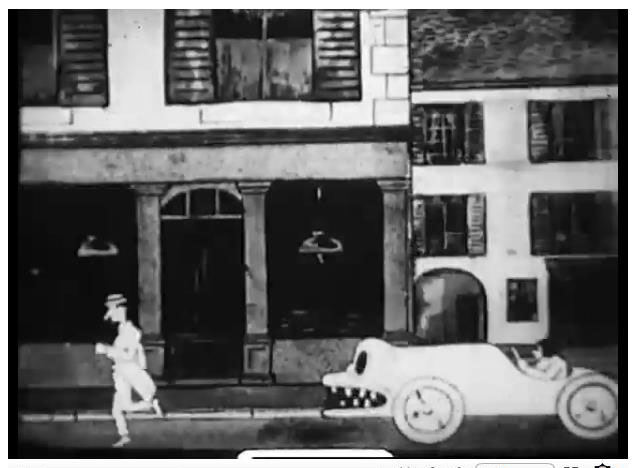
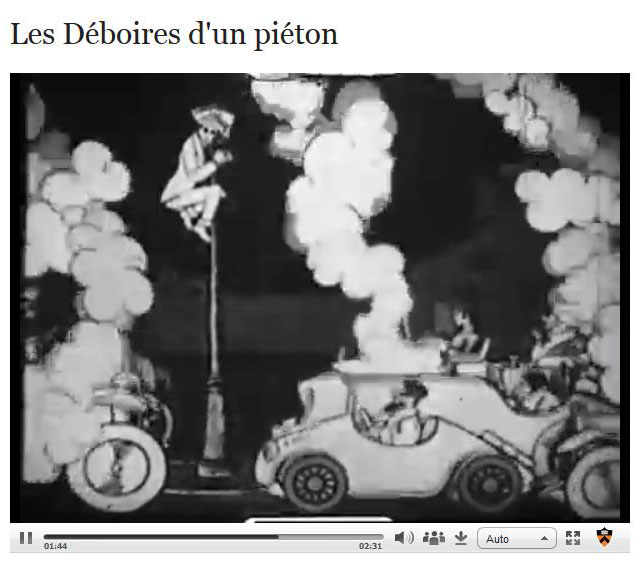

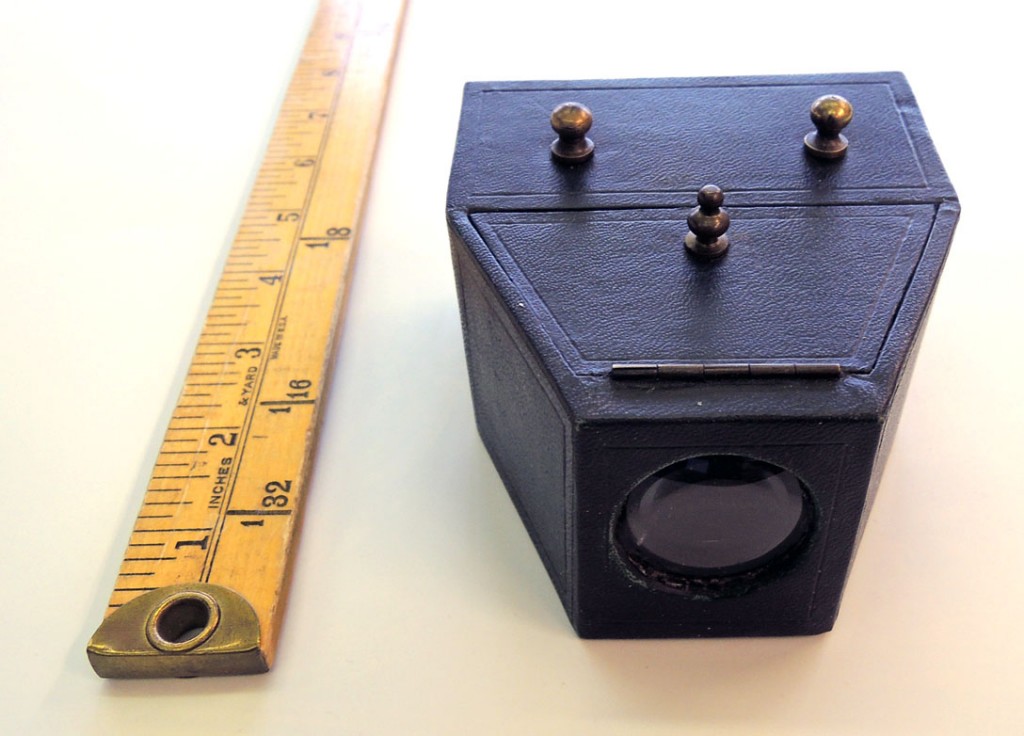
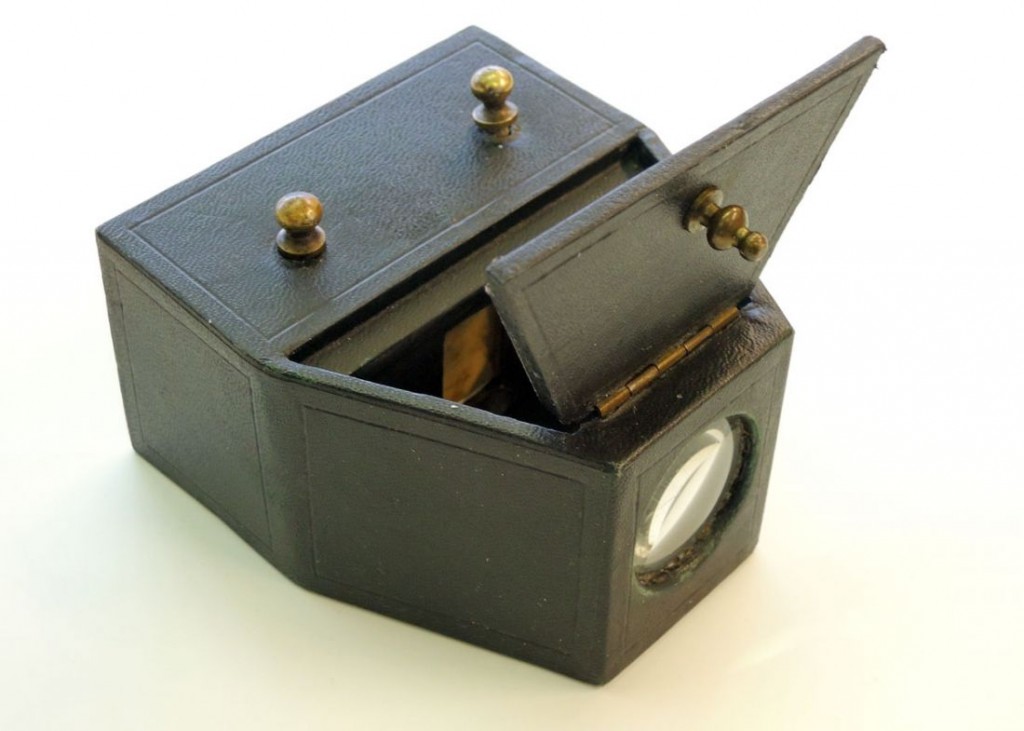
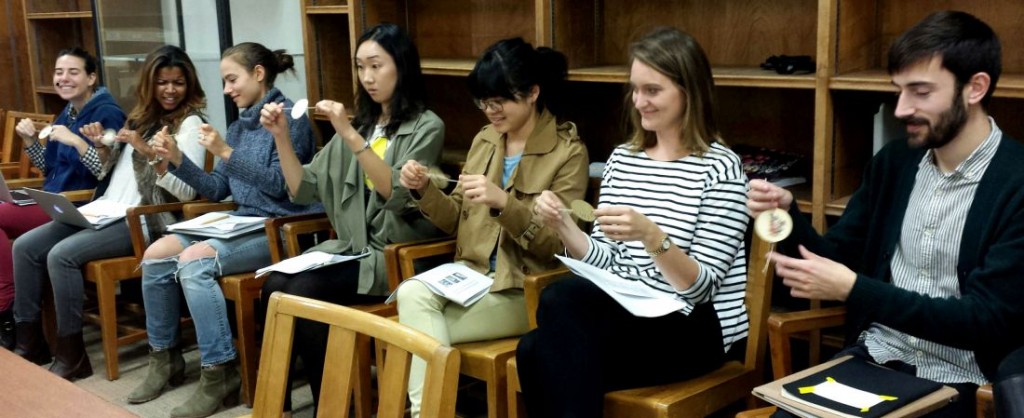
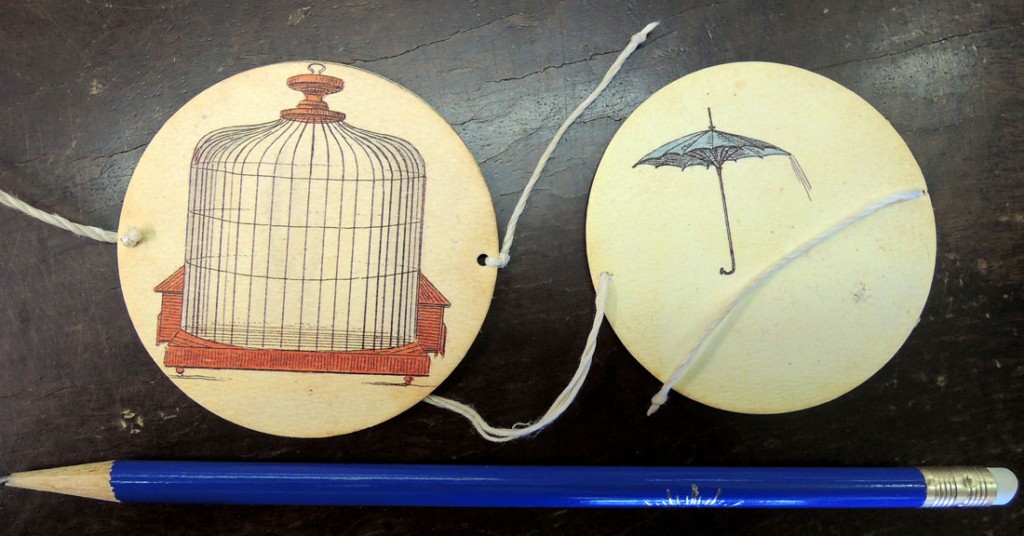

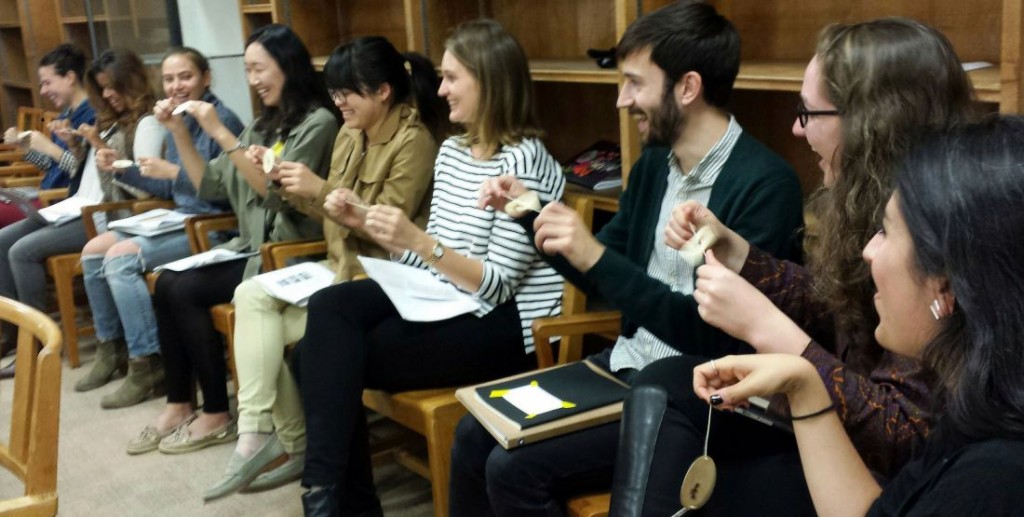
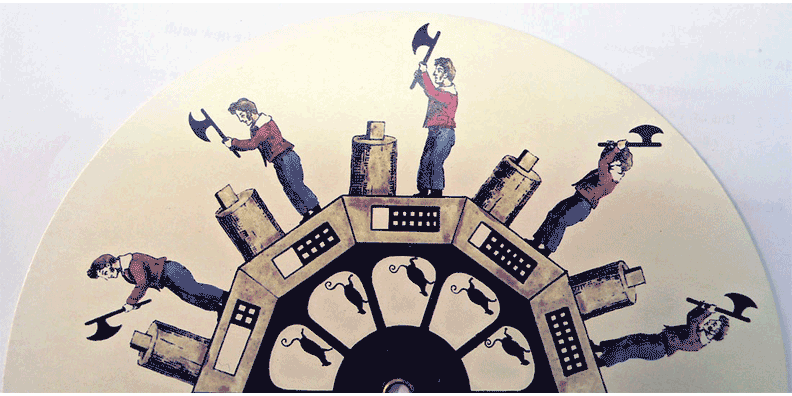
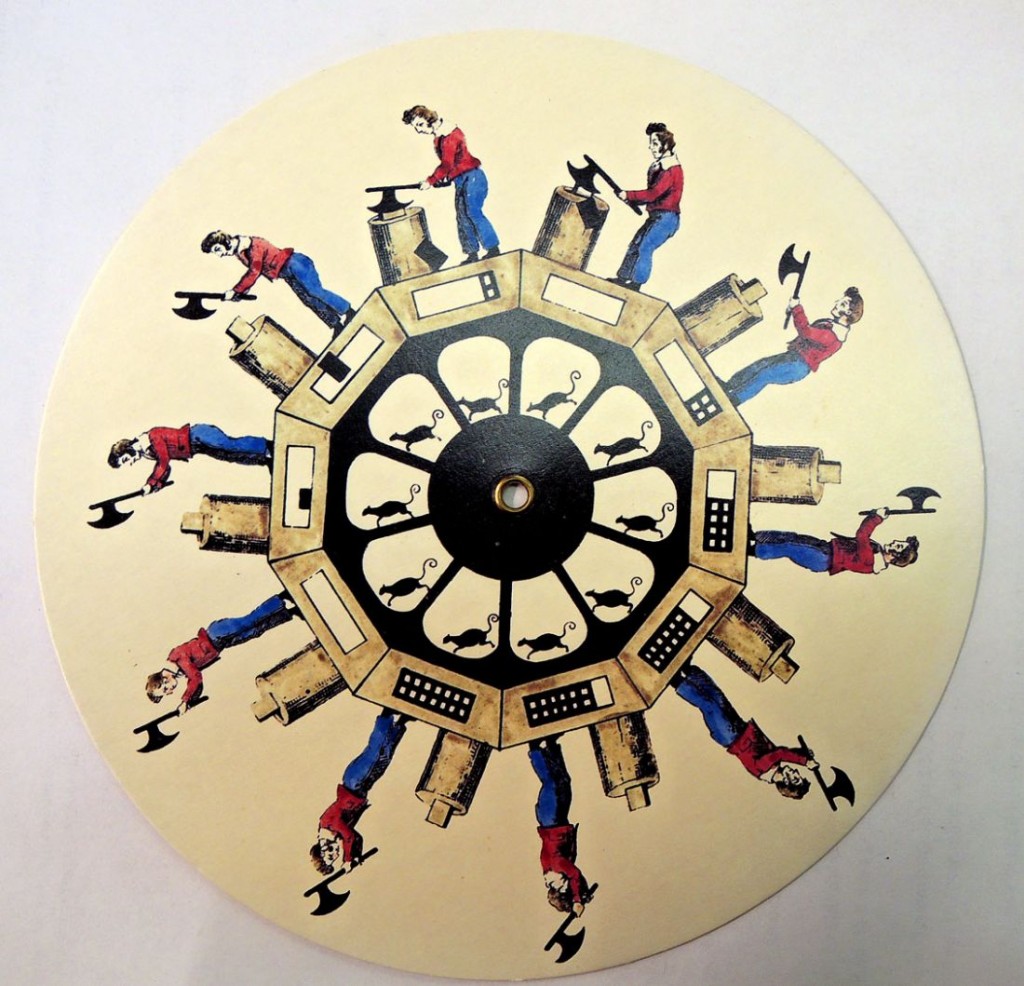
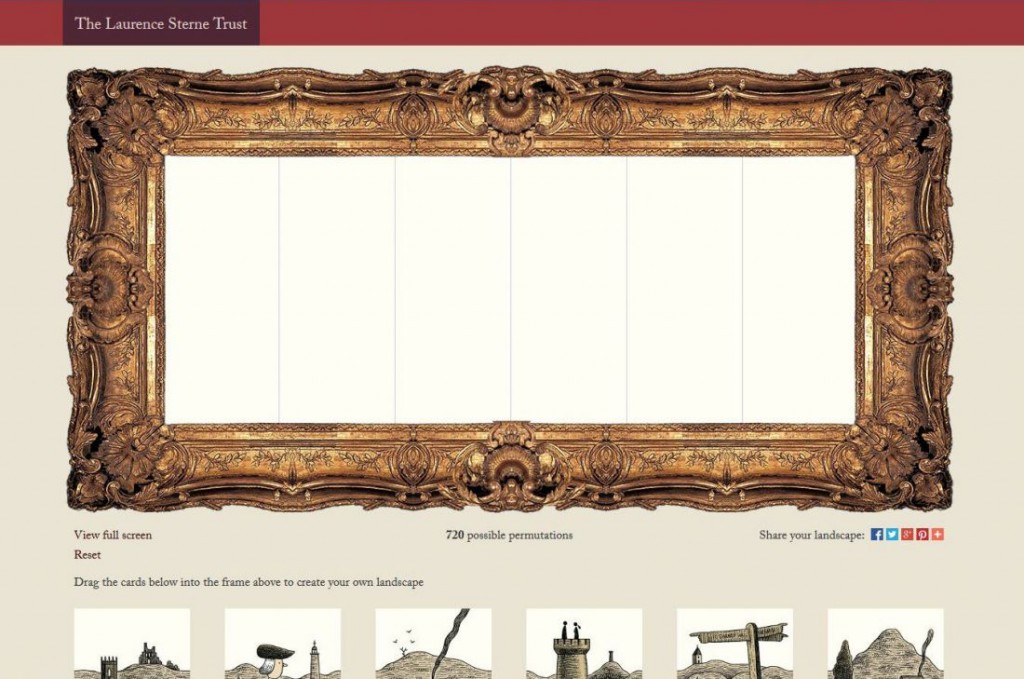
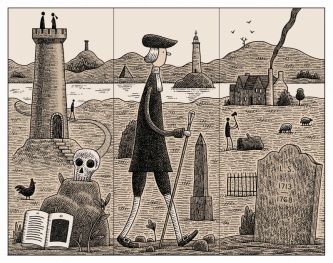

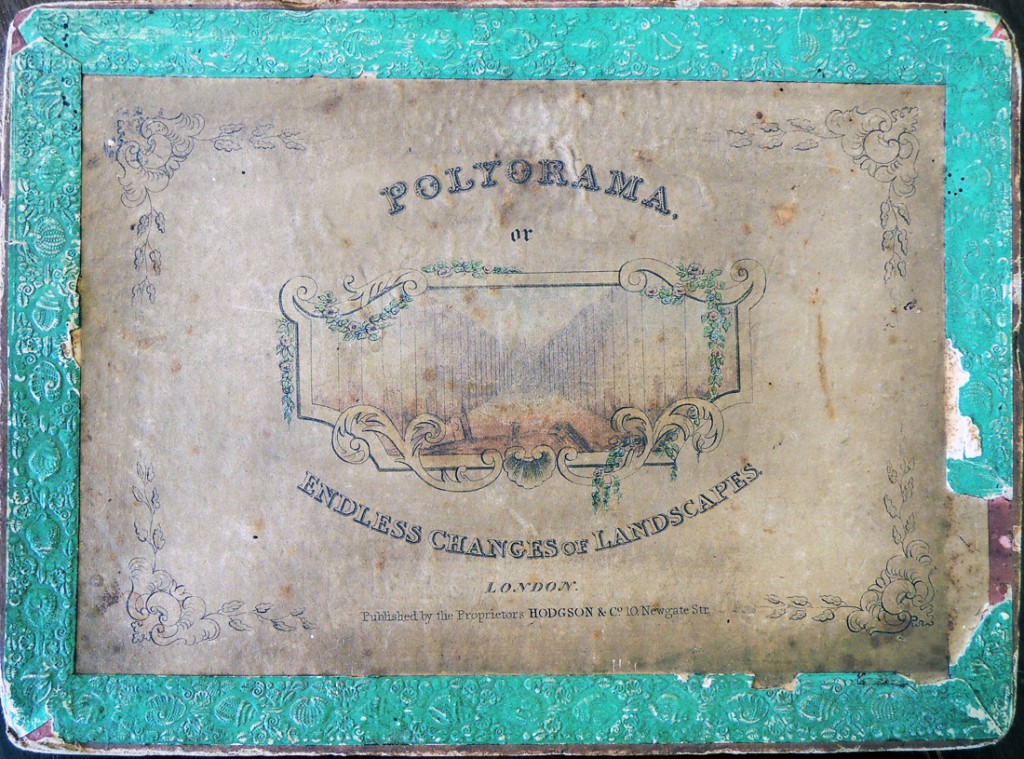
 Polyorama or, Endless changes of landscapes (London: Hodgson & Company, [ca. 1824]). 16 hand colored lithographed cards forming an interchangeable panoramic landscape view. Graphic Arts Collection 2015-in process
Polyorama or, Endless changes of landscapes (London: Hodgson & Company, [ca. 1824]). 16 hand colored lithographed cards forming an interchangeable panoramic landscape view. Graphic Arts Collection 2015-in process